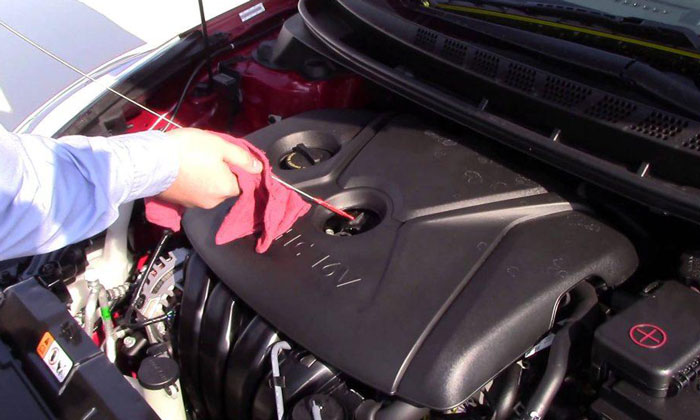Dealing with excess transmission fluid can lead to a host of issues that can impact your vehicle’s performance and longevity. From causing leaks to affecting gear shifting, having too much transmission fluid is a problem that shouldn’t be overlooked. In my experience, I’ve encountered firsthand the challenges that arise when there’s an overabundance of fluid in the transmission system.
Excessive transmission fluid can result in overheating, foaming, and even damage to internal components. It’s crucial to address this issue promptly to prevent costly repairs down the line. In this article, I’ll delve into the common problems associated with too much transmission fluid and provide insights on how to diagnose and resolve these issues effectively.
Problems Arising from Excess Transmission Fluid
When there’s too much transmission fluid in a vehicle, it can lead to various issues. Let’s explore some common symptoms and consequences of overfilling transmission fluid.

Common Symptoms of Overfilling Transmission Fluid
- Leakages: Excess transmission fluid can result in leaks, causing puddles or drips under the vehicle.
- Gear Shifting Problems: Overfilling may lead to erratic gear shifts or delays in shifting between gears.
- Overheating: The additional fluid can lead to overheating as it doesn’t cool effectively, impacting the overall performance.
- Foaming: Overfilling can cause the fluid to foam, reducing its lubricating properties and affecting transmission functions.
- Internal Damage: Too much fluid can cause components to work harder, leading to internal damage and wear.
- Seal Damage: Overfilling can damage seals and gaskets, potentially resulting in leaks and further complications.
- Increased Friction: Excess fluid can create more friction, reducing efficiency and causing premature wear on parts.
- Aeration: Overfilling can lead to aeration, reducing the fluid’s ability to properly lubricate and protect components.
Addressing Too Much Transmission Fluid
Having too much transmission fluid in your vehicle can lead to a range of issues, from leaks to gear shifting problems and even internal damage. It’s crucial to be aware of the symptoms and consequences of overfilling to prevent costly repairs down the line. By promptly diagnosing and resolving these problems, you can ensure the smooth operation of your vehicle’s transmission system. Remember, addressing excess transmission fluid is key to maintaining the overall health and performance of your vehicle. Stay vigilant and proactive in managing your transmission fluid levels to avoid any potential complications.
Frequently Asked Questions
What are the negative consequences of excess transmission fluid in a vehicle’s system?
Excess transmission fluid can lead to leaks, gear shifting issues, overheating, foaming, internal damage, seal damage, increased friction, and aeration.
What are the common symptoms and outcomes of overfilling transmission fluid?
Typical symptoms of overfilling transmission fluid include leakages, gear shifting problems, overheating, foaming, internal damage, seal damage, increased friction, and aeration.
How critical is it to promptly address problems related to excess transmission fluid?
It is essential to promptly address issues related to excess transmission fluid to prevent costly repairs and maintain the optimal performance of the vehicle.

